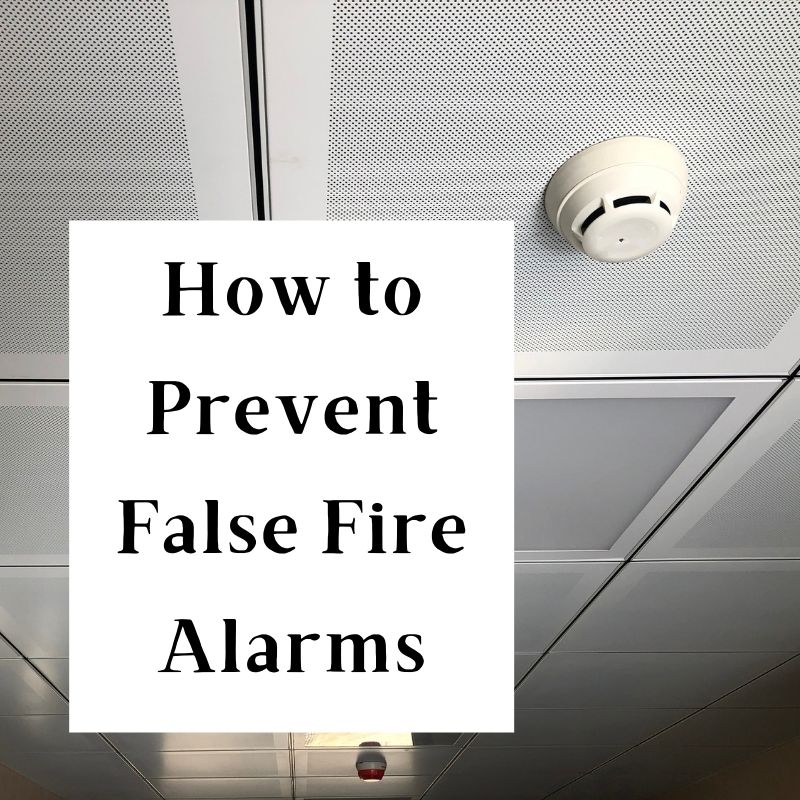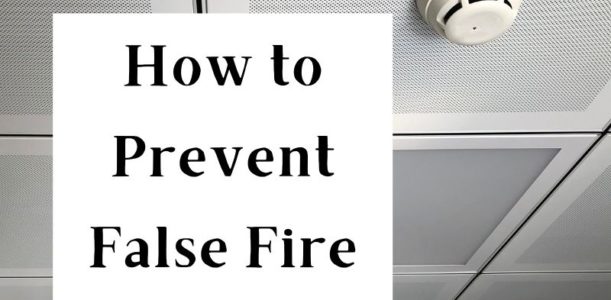
But a real false alarm in a potential emergency environment is no laughing matter. We have all experienced people gathered outside a building, school or office complex milling around waiting to be called back in because of a false alarm. This completely avoidable process can cut into employees’ productivity, efficiency and your company’s profits. Most dangerously, it can lull employees into a false sense of security when a real emergency hits.
Fire Alarm Maintenance is a Must
Reliable fire alarm maintenance plays a critical role in ensuring your fire alarm system functions correctly while eradicating false alarms. A lack of fire alarm maintenance is likely to lead to false alarms. All fire alarm and life safety system equipment including fire sprinklers, fire alarms and extinguishers should be tested, cleaned, and checked consistently. This will assist in making sure the alarm sounds only when there is a real emergency.
The performance of a fire protection system is directly related to the quality of your maintenance program. Other parts of a system that inspectors should examine are:
- Manual pull stations
- Main fire alarm control panel
- Notification appliances including horns and strobes
- Smoke and heat detectors
- Carbon monoxide detectors
- Annunciator panels
- Tamper devices
- Associated communication equipment
- Duct detectors
The type of system will determine if inspection and maintenance should be performed on a monthly, quarterly, or annual basis. Dirt and dust often cause smoke detectors to malfunction; so, make sure you keep them spotless, and that no debris might be activating them. A well-maintained alarm gives employees peace of mind and security.
There are far-reaching consequences to false alarms. They frustrate fire departments and other first responders and could divert resources from a true crisis. Also, as mentioned earlier, employees may get “cry wolf” syndrome because they are numb to false alarms sounding. They may not take proactive evacuation measures in a timely manner, and this could have tragic results.
Both the National Fire Protection Association, NFPA, and Underwriters Laboratories, UL, recommend regular visual and functional testing. NFPA’s National Fire Alarm and Signaling Code (NFPA72), chapter 14, explicitly outlines these testing and inspection requirements. The Occupational Safety and Health Administration, OSHA, offers tips to prepare for a real emergency not involving a false alarm.
Consult with an experienced commercial fire and life safety system provider for regular fire alarm system inspections, testing and maintenance required for your business.
Fire Alarm Maintenance Reduces Repair Costs
Just like any high-tech machinery, a fire alarm in tip-top shape decreases costs related to emergency repairs. And along those same lines, consistent maintenance helps a business owner avoid buying new equipment and parts. A quality maintained system will last for many years with only small tweaks and additions if the facility expands.
Internal safety staff can perform regular visual inspections monthly and ensure all OSHA regulations are being followed. Most commercial properties are required to have at least an annual fire alarm inspection from a licensed commercial fire alarm system provider. Testing regularity and intervals are determined by building occupancy, size and other related regulations.
High Rise Security Systems, HRSS, with SMG Security Holdings, SMG provides fire alarm system maintenance and ensures complete code compliance for your safety and protection. We protect commercial properties of all types and sizes including low rise, high rise, multi-family complexes, campuses and more. Contact us to ensure maximum safety and protection of your property and people with regular commercial fire alarm maintenance.



